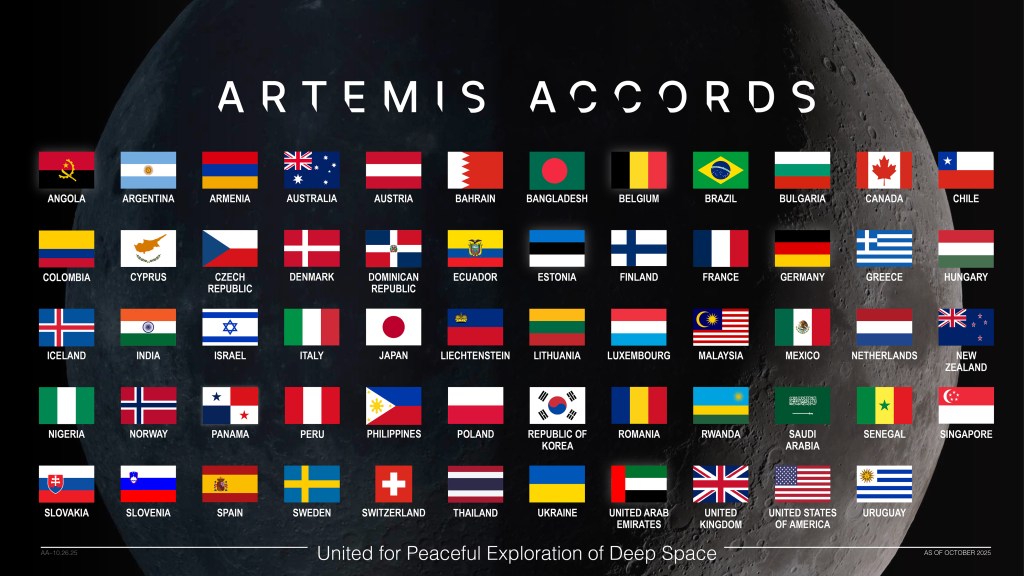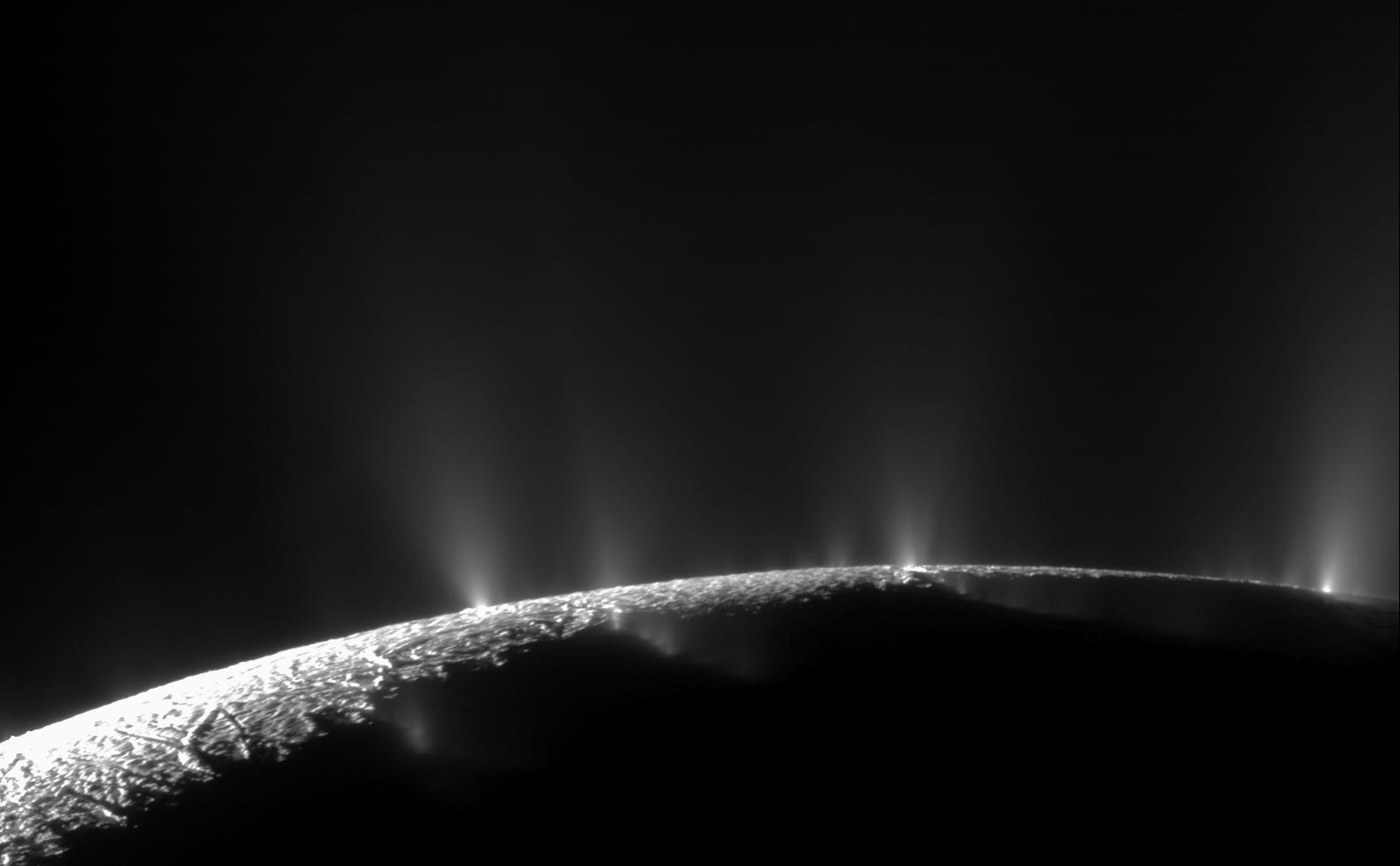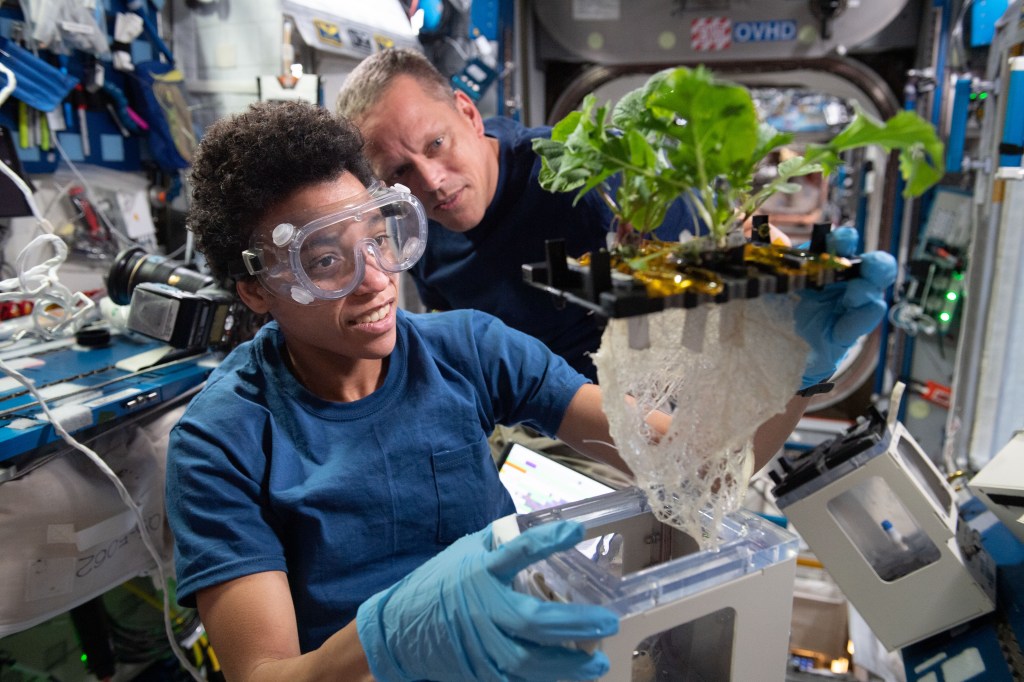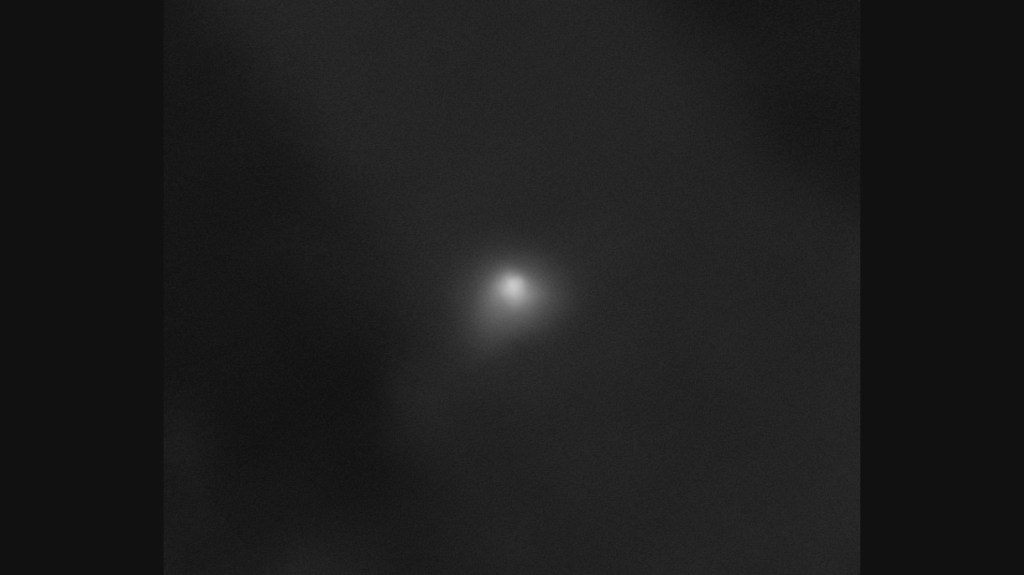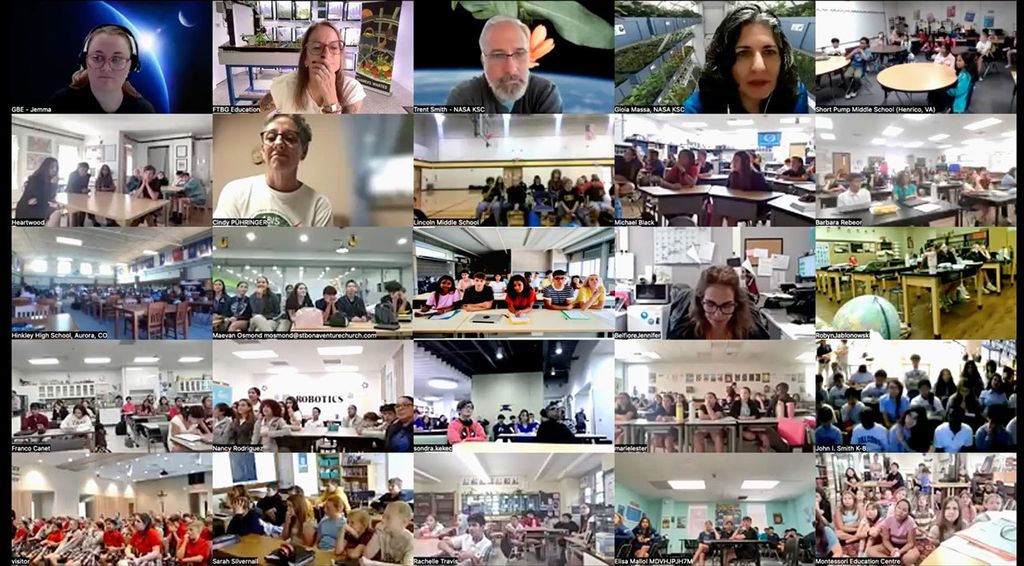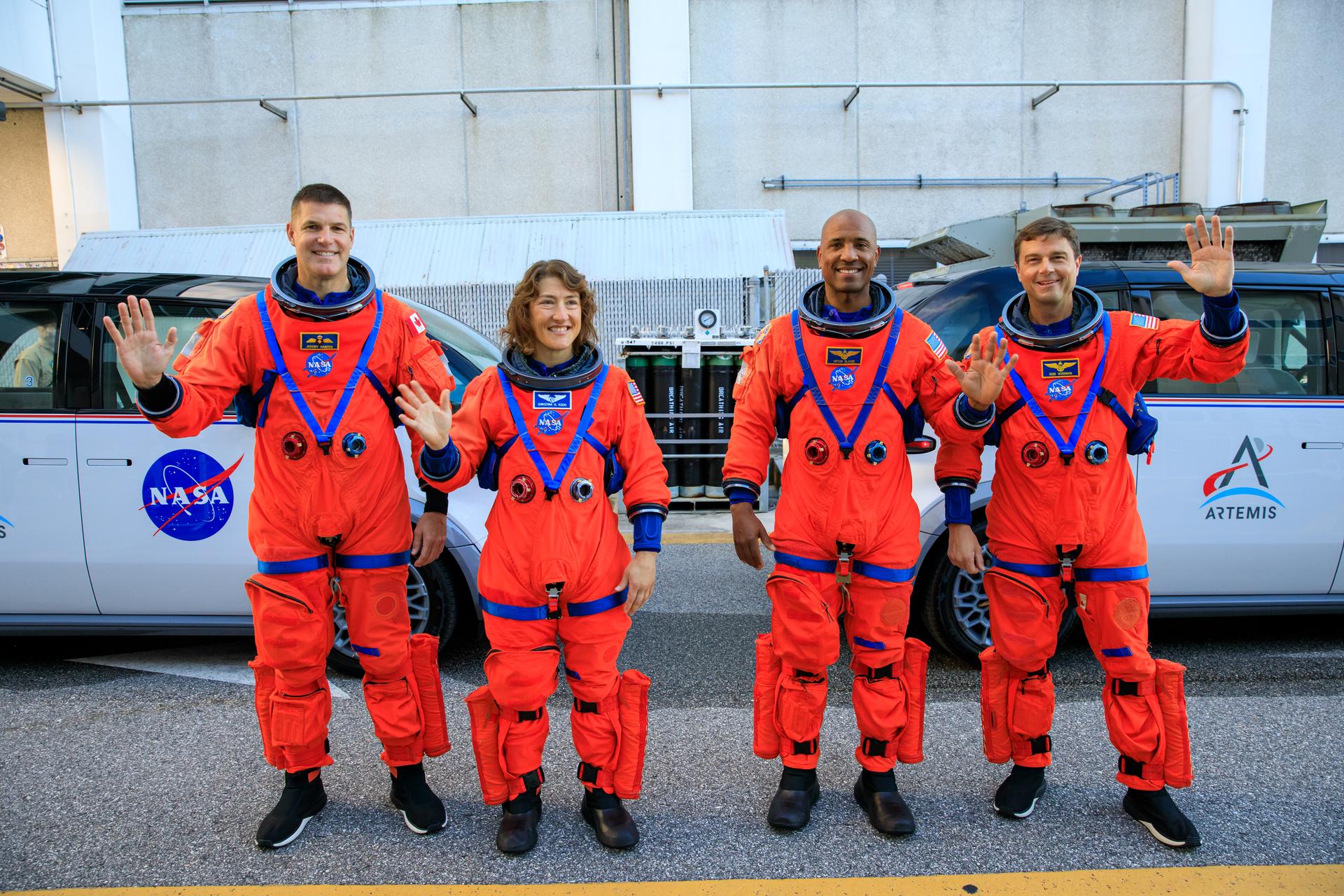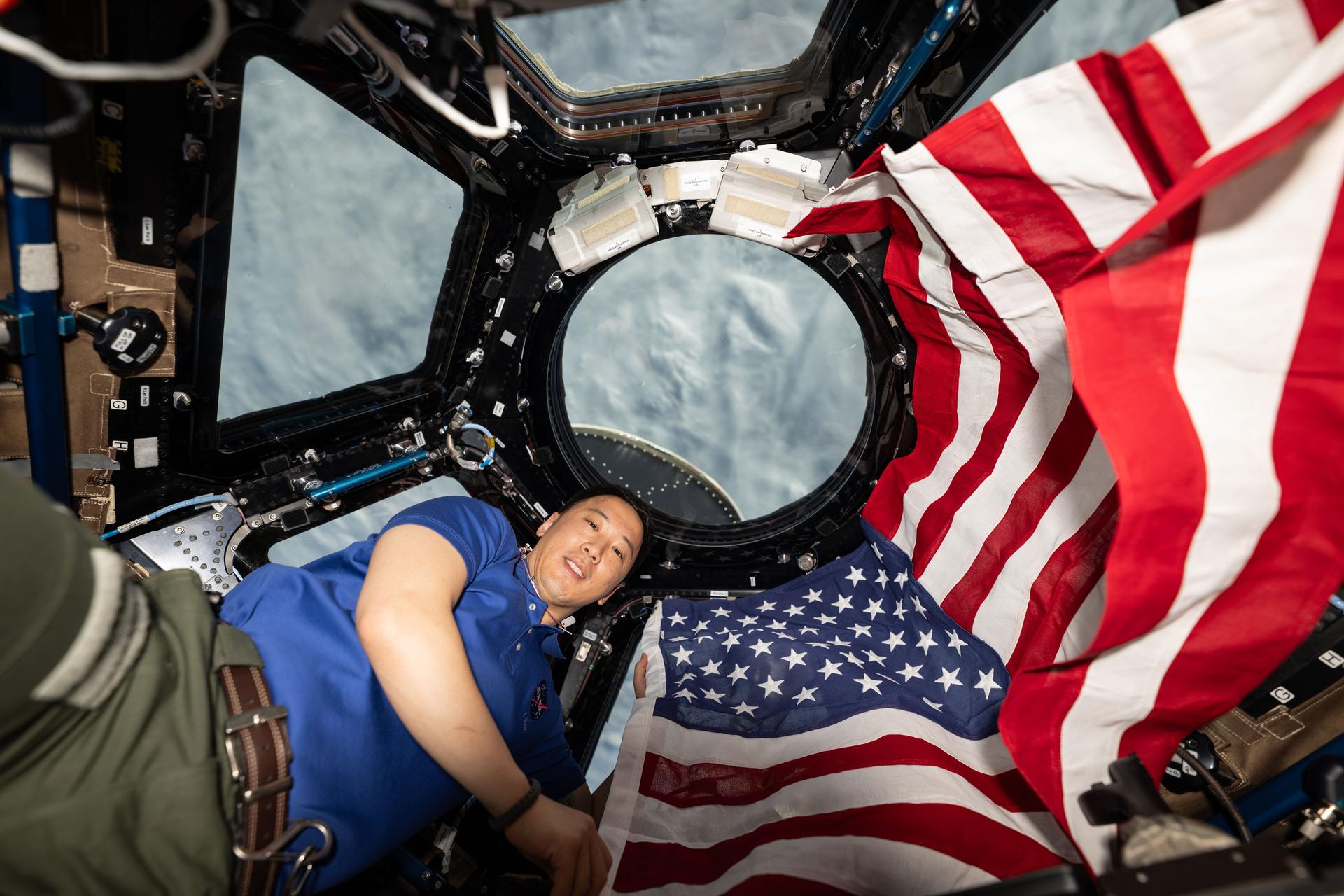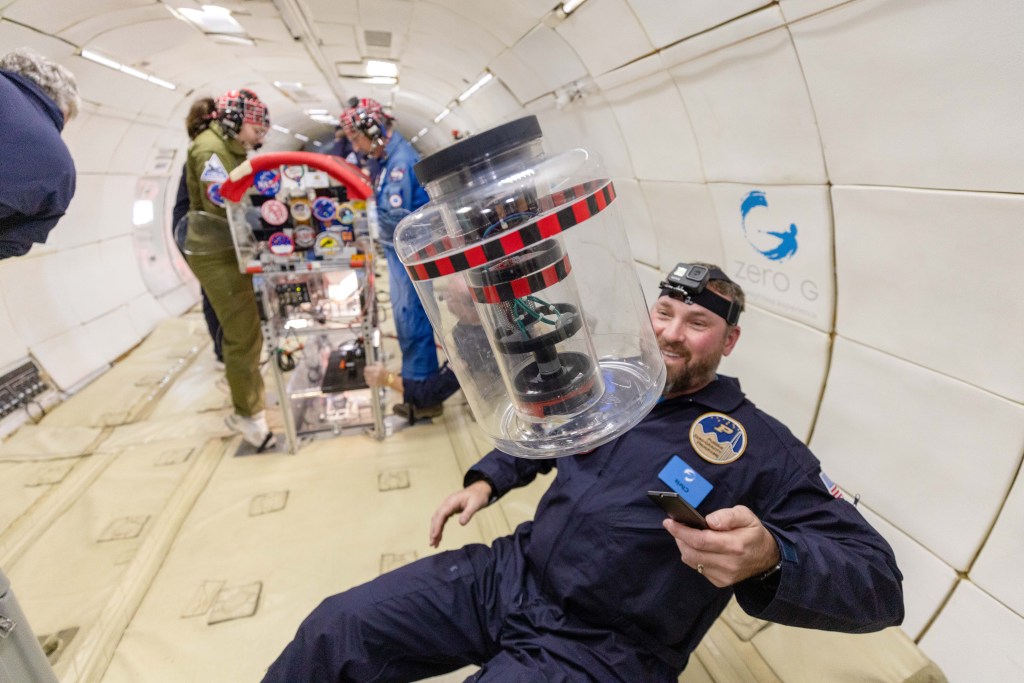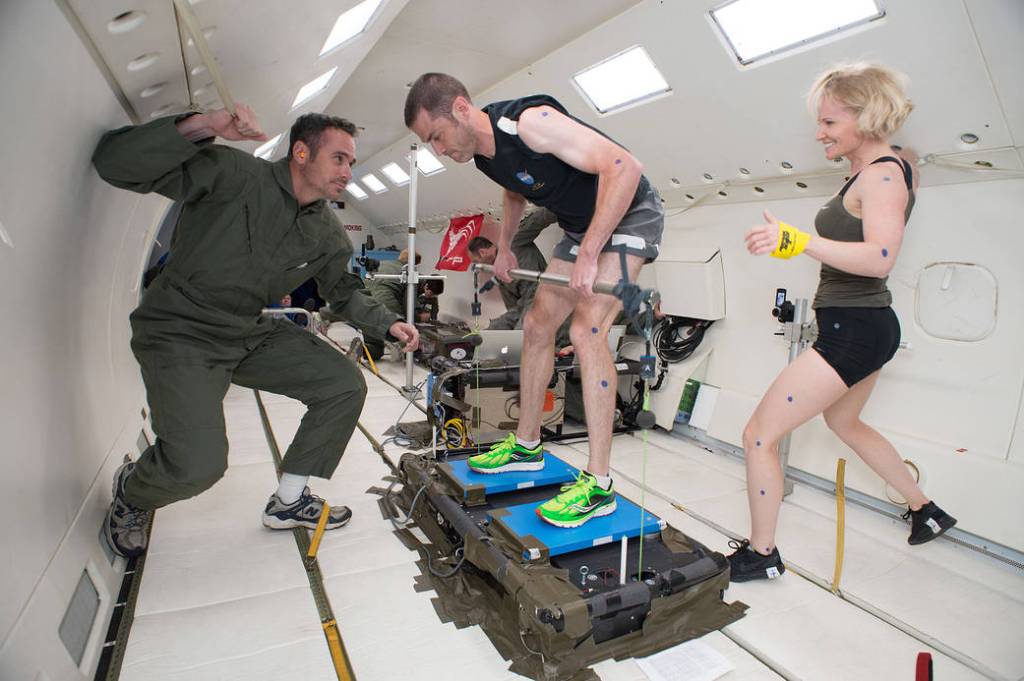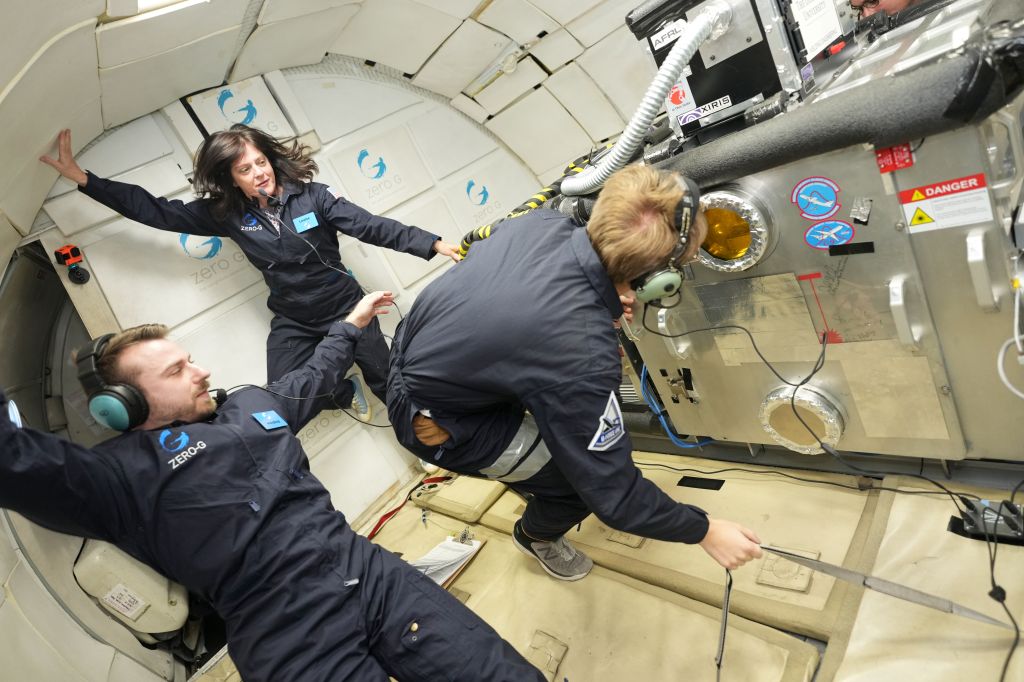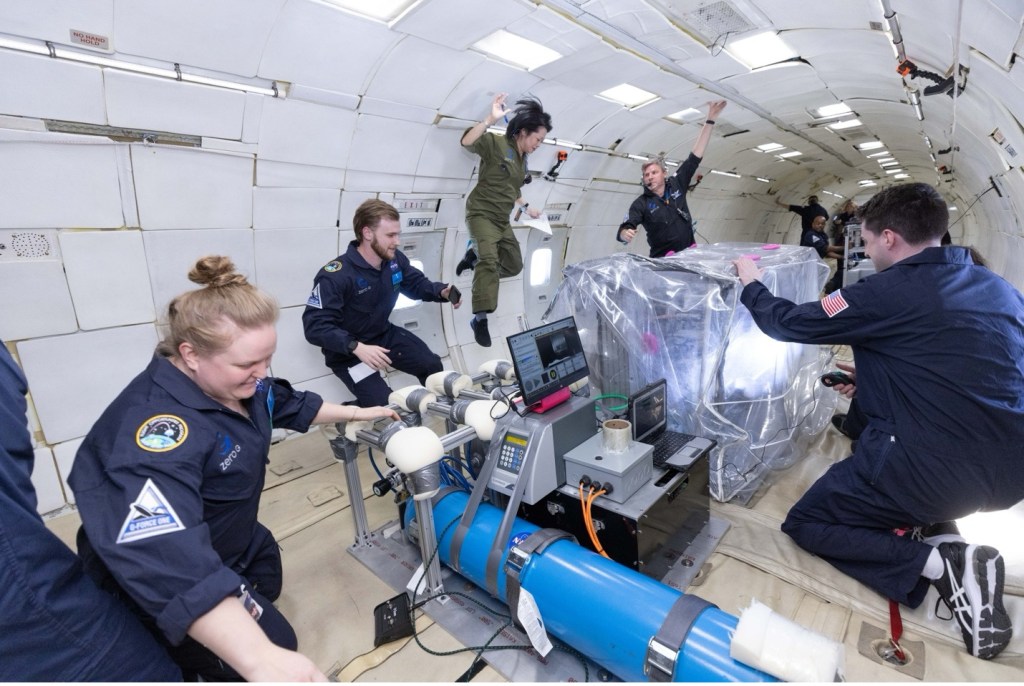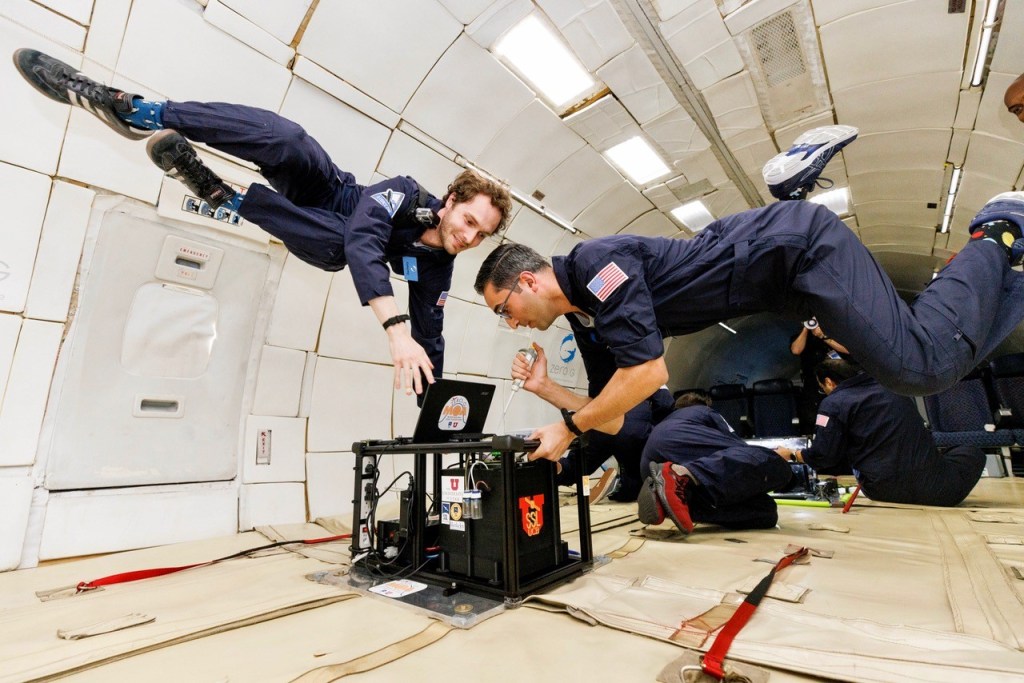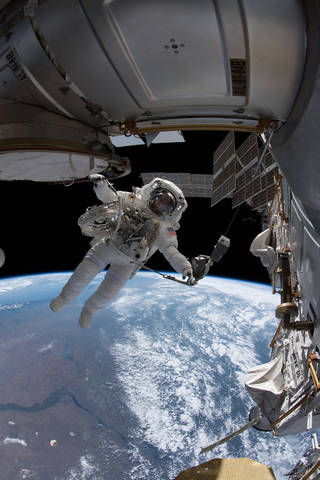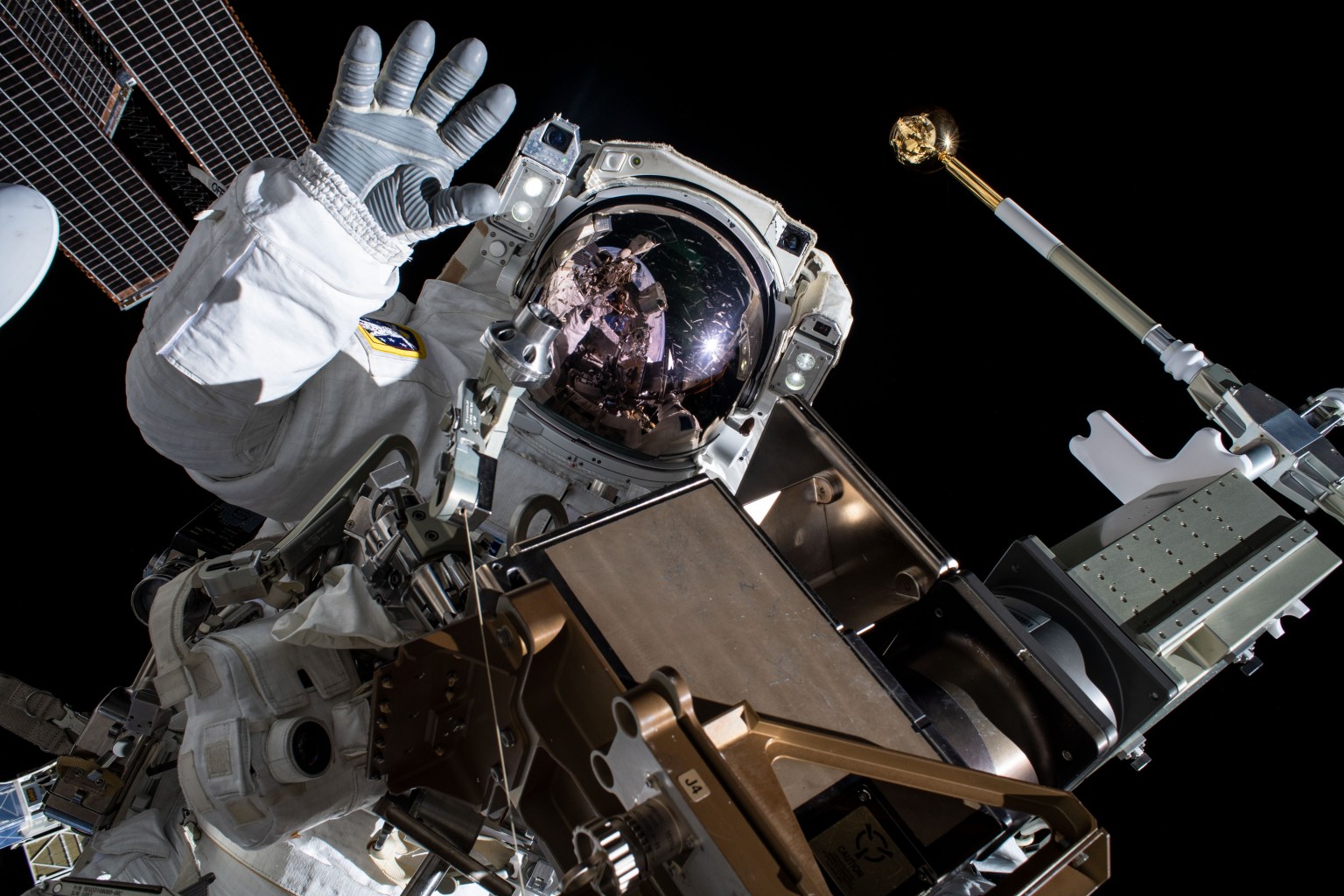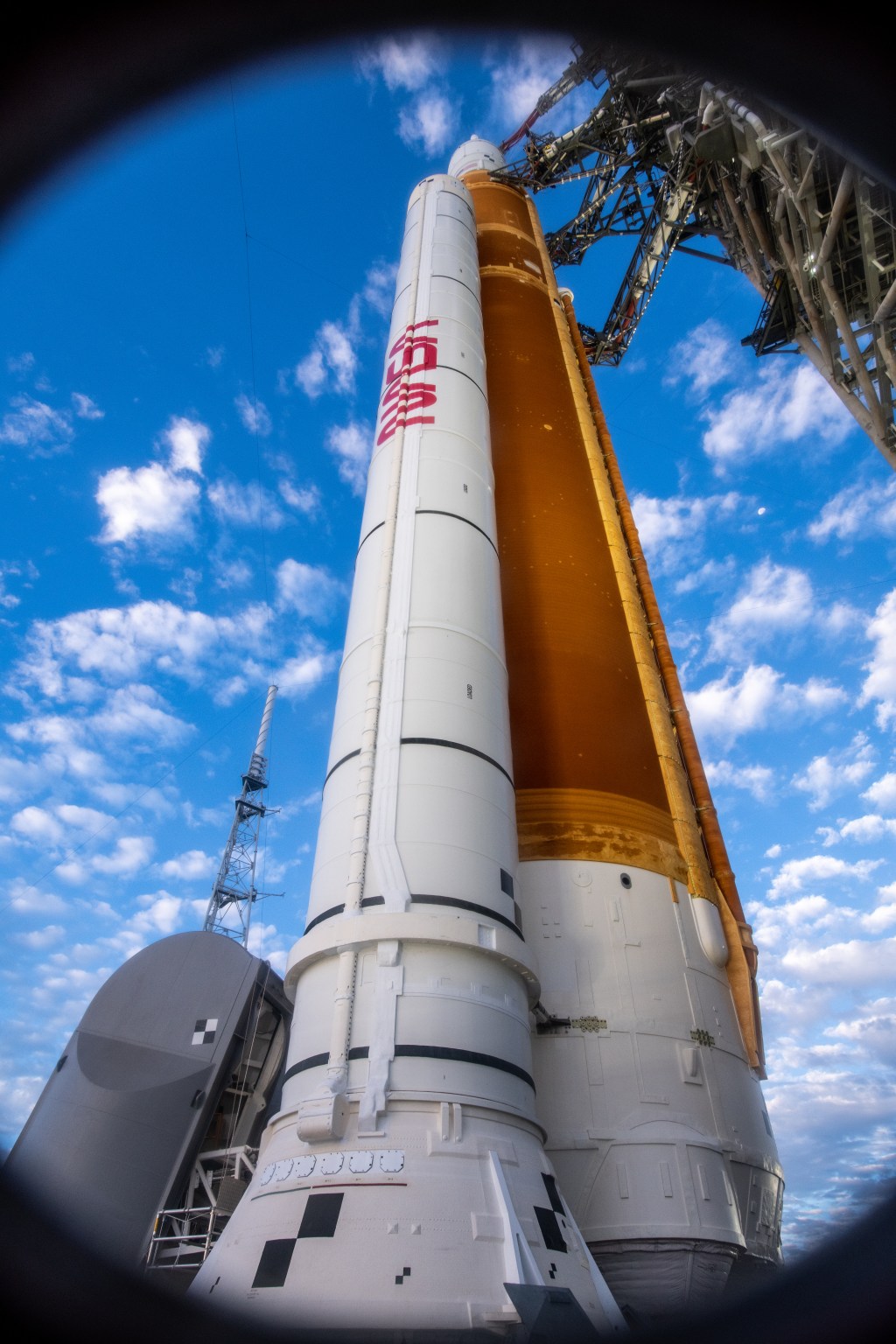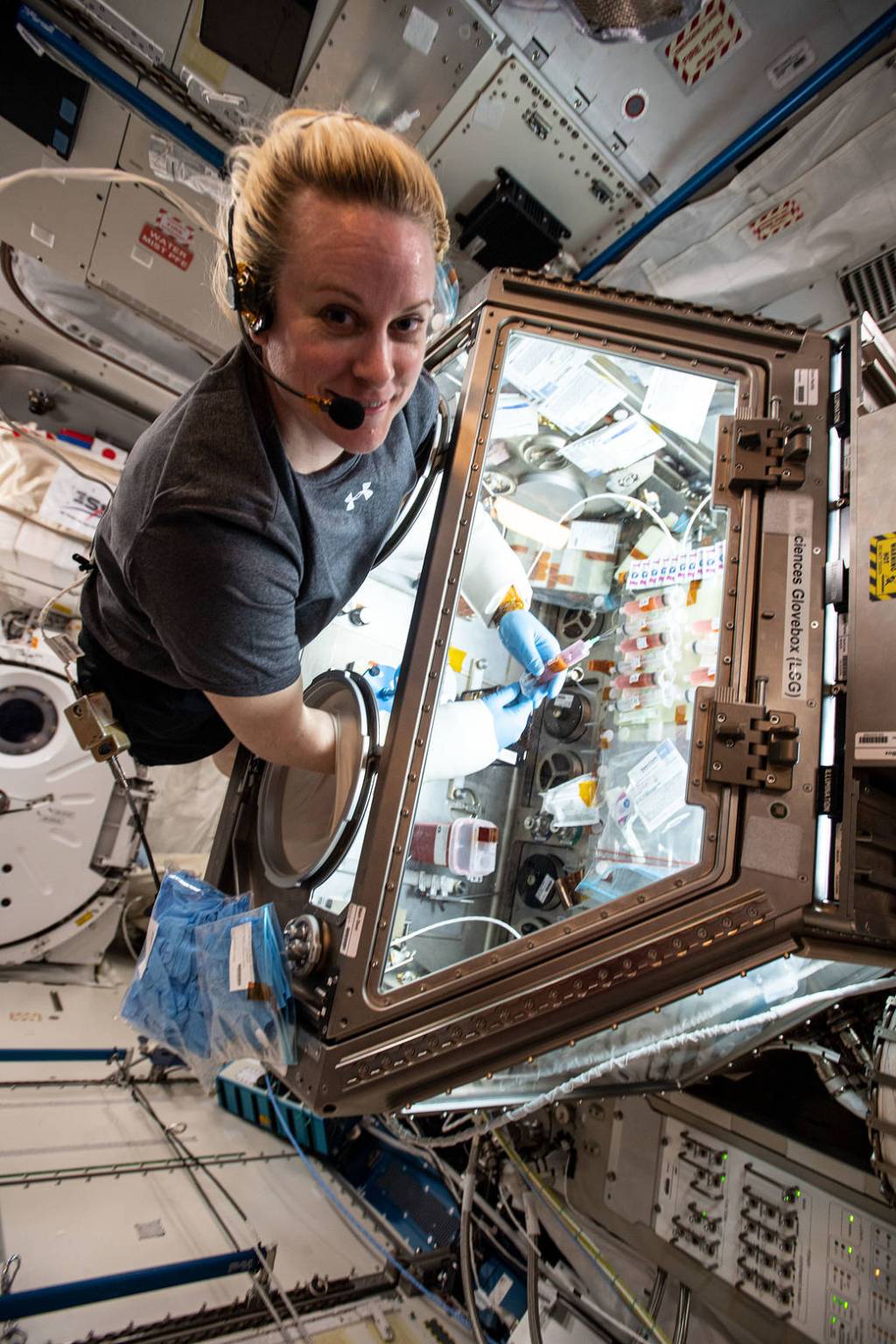Location: Varies, according to the commercial flight provider’s airport access.
Purpose: Parabolic flight research allows scientists to conduct Earth-based studies that could lead to enhanced astronaut safety and performance. The research could also demonstrate promising technologies for space exploration and the expansion of space commerce. Parabolic flights test interventions, protocols, space equipment, technologies, instruments, and experiments in weightless or partial-gravity conditions that are achieved when a specialized plane flies up-and-down maneuvers in a u-shaped curve called a parabolic path.
Duration: The reduced-gravity phase of each parabola lasts for around 20 seconds, with typical flight missions including 15-30 parabolas.
Description: Parabolic flight missions enable researchers to conduct microgravity and partial gravity experiments. Partial gravity replicates lunar or Mars conditions, aligning with NASA’s mission goal to support human space exploration. In some cases, researchers fly aboard the aircraft with their experiment, while in other cases volunteers participate in the flights as research subjects.
NASA conducts experiments and tests technologies and instruments in these conditions by working with various companies, including Zero Gravity Corporation, a Florida-based company piloting a specially modified B-727 under contract with NASA’s Flight Opportunities program. NASA also occasionally works with Novespace, a Bordeaux-Mérignac, France-based company flying parabolas with A310s.
Specifications: Parabolic flights recreate the microgravity conditions of space or other planetary bodies — such as the Moon, which has one-sixth Earth’s gravity — through a controlled maneuver that temporarily creates a state of free fall. Here’s how it works:
- Pull-up: The aircraft climbs at a steep (45-degree) angle, and passengers experience roughly 1.8 times Earth’s gravity.
- Pushing over: As the aircraft reaches the top of the parabolic arc, the pilot reduces engine thrust. Everything inside the aircraft, including the passengers, essentially falls together at the same acceleration as Earth’s gravity.
- Reduced gravity: Because the aircraft is falling at the same rate as the passengers, there is no force pushing against them, creating the same weightless conditions as in space. For partial gravity, the pilot modifies the downward angle to create the desired gravity. This free fall lasts for approximately 20 seconds.
- Pull-out: The pilot then gently pulls out of the maneuver, gradually increasing engine speed and leveling out, returning the passengers and experiments to Earth’s gravity.


